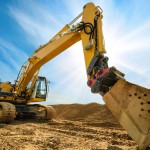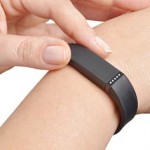Spring is here, but cooler temperatures and rainy weather seem to have slowed down normal seasonal trends. “Slight growth” is probably the best way to describe the growth for U.S. manufacturers in April. The upside is that the overall US economy seems to be very healthy, but manufacturing still is waiting for things to stabilize a little more globally. Oil prices have moved higher in recent months, and the dollar has weakened against other major currencies. This, combined with the Federal Reserve indicating a willingness to move slowly on raising short-term interest rates, could also offer some relief for US manufacturers. The reality is that manufacturing only accounts for a small part of the overall economy, but it’s still big enough that a slowdown in business acts as a bit of a headwind of overall U.S. growth. Even though US manufacturers have eliminated almost 50,000 jobs since July 2015, they still employ about 12.3 million people and find difficult to locate enough people with the right educational requirements and professional experiences to fill key roles. As the weather heats up, so will the professional employment marketplace.
Bruce Peacock
Vice President of Business Development
The Richmond Group USA



